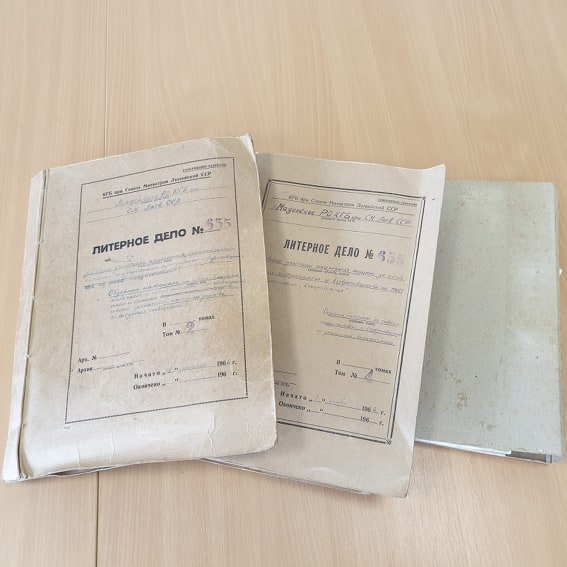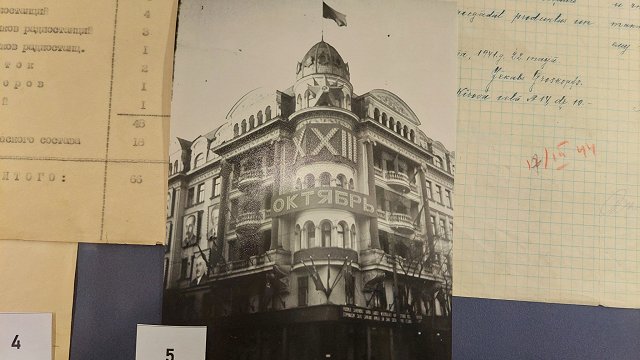The KGB was the primary security agency for the Soviet Union from 1954 until its collapse in 1991, responsible for enforcement of security regulations, protection of political leaders, the guarding of borders, and clandestine operations abroad.
The existence of the files was previously unknown. They were found hidden in a wall of a house in Vidzeme under reconstruction. A KGB employee allegedly used to live in the house and likely had hidden the documents at the time, for reasons yet unknown.
Senior expert in the National Archives, Gints Zelmenis, told Latvian Radio: "Two ladies came in to the archive, bringing these documents their relative had found in the wall."
Upon comparison of file numbers, it was proved the documents were authentic.
The documents concerned the so-called KGB Part 5 line, or ideological counter-intelligence. All of them had to be destroyed in 1990 because the head of the KGB of the USSR, Vladimir Kryuchkov, had ordered the destruction of all operational materials relating to anti-Soviet agitation and political affairs throughout the Soviet Union.
“Obviously, for some reason, one of the KGB employees has not done this and has concealed these documents," said Gints Zelmenis.
The documents cover a broad period of time. The oldest were dated 1943/1944, when the Red Army began returning to Latvia during World War II following the Nazi occupation with their own. Documents of the 60s and 70s describe the situation in the various village councils of Latvia, mainly Vidzeme, regarding the undesirable persons for the Soviet authorities in each particular municipality.
The most difficult thing to understand at the moment was the third folder, because the materials were chaotic, without any chronology and system. For example, there is material on the Latvian People's Front in 1989, followed immediately by material about the partisans of the Madona district in 1945.
The latest documents come from the end of 1989: reports on the activities of Helsinki-86 and the People's Front of Latvia, as well as various dissidents.
All the materials are generally very well preserved.
The staff of the archive are therefore very grateful to the people who brought the materials to the archive immediately after they were found, because exposure might have caused them to degrade quickly.
Right now, the folders will travel to the laboratory for technical processing, then be digitalized. They are scheduled to be available from September in the KGB materials reading room.




























